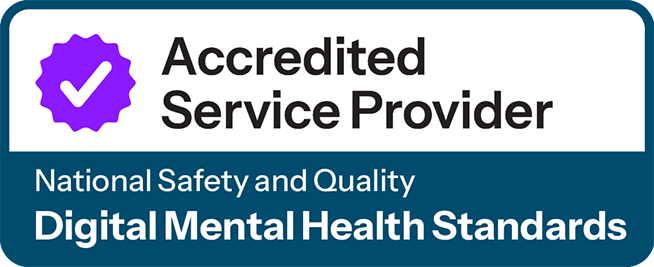
Breathlessness, or shortness of breath, is a reality for one in ten Australians.
It can be a distressing symptom that can significantly impact quality of life.
Whether it stems from chronic respiratory diseases, cancer, or heart conditions, the struggle to breathe easily is a shared experience for many of our patients across primary care.
“Improving the recognition and management of breathlessness through education and information for health professionals, patients and carers, and optimising management in primary care can potentially reduce admissions to ED”, says Natasha Smallwood, Professor and Director of Respiratory Medicine at The Alfred Hospital Melbourne and Monash University School of Translational Medicine.
Together with Professor Lena Sanci, clinician and academic GP and Head of The University of Melbourne’s Department of General Practice and Primary Care, and in collaboration with the RACGP, the Primary Breathe Australia Trial will assess the effectiveness of a nurse-led education and support program focused on empowering patients through self-management strategies.
Participation is open to all general practices across urban and rural Victoria and led by a study-appointed research nurse.
You will be supported in screening eligible patients for chronic breathlessness and trialing this innovative program.
Participating practices will be reimbursed $2500 to cover practice administration time, and GPs will be eligible for two CPD hours for participation in an online education and training package.
By providing evidence-based strategies for patient education and self-management, the study aims to equip general practitioners and other primary care providers with effective tools to manage this challenging symptom.
For further information about how the trial team can support your patients, please contact vicrenres-enquiries@unimelb.edu.au
Disclaimer: This article was provided by The University of Melbourne. While every effort has been made to ensure the information is accurate, North Western Melbourne Primary Health Network does not warrant or represent the accuracy, currency and completeness of any information or material included within.





